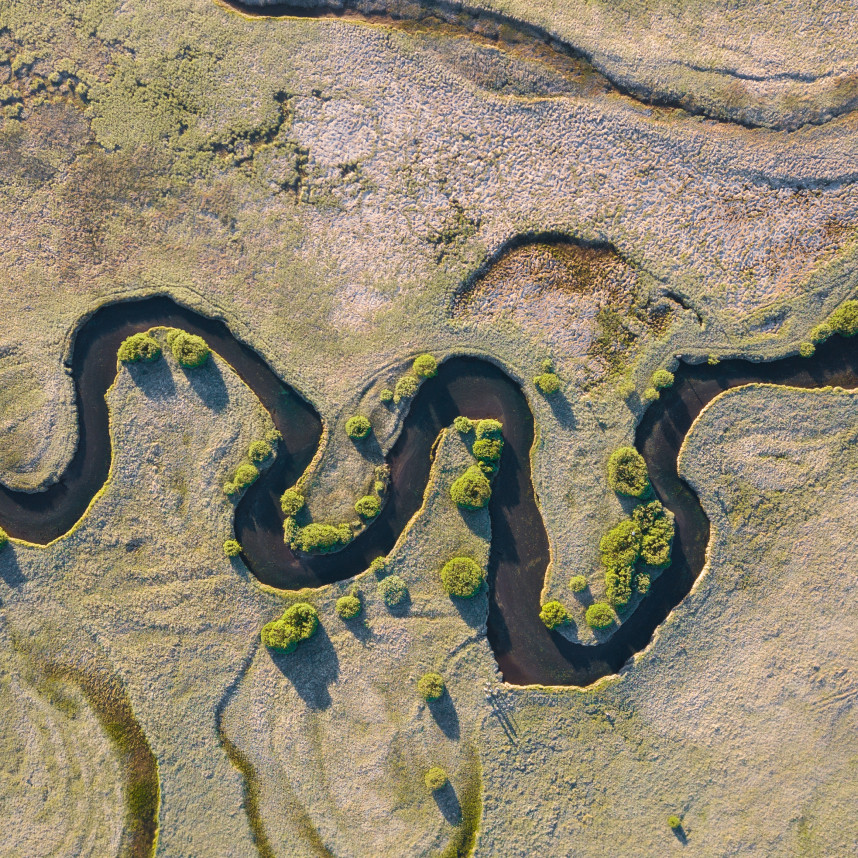The current state of the world's freshwater ecosystems presents a complex and urgent challenge. The latest UN World Water Development Report of 2023 highlights a looming global water crisis, with two to three billion people worldwide already experiencing water shortages.
This situation is projected to worsen, particularly in urban areas, with the global urban population facing water scarcity expected to double by 2050. The report emphasizes the need for international cooperation, smart management, and the conservation of water resources. To be successful, this effort must involve governments, businesses, scientists, civil society, and communities.
Complementing this, the WWF's Living Planet Report 2020 reveals a staggering 84% decline in freshwater species populations since 1970, the most significant decline in any biome. This decline is indicative of a broader environmental crisis, affecting not only wildlife populations but also human health, nutrition, food security and livelihoods. The primary cause of this decline is habitat loss and degradation driven by human food production methods. The report suggests that without significant changes in how we manage habitats, global biodiversity will continue to decline.
Addressing these challenges requires a global focus, considering the increasing threats from climate change and population growth. The urgency of the situation calls for innovative solutions.
In the context of these pressing challenges, digitalization emerges as a vital part of the solution. Advanced technologies like artificial intelligence (AI) and machine learning (ML) hold enormous potential for operationalizing sustainable actions in water management and conservation. By leveraging AI and ML, we can develop more efficient ways to monitor and manage water resources, predict, and mitigate the impacts of climate change on freshwater ecosystems and improve decision-making processes in water resource management.
Furthermore, digital tools can facilitate better collaboration and information sharing among stakeholders, enhancing the effectiveness of conservation efforts. For instance, AI can be used to analyze vast amounts of environmental data, helping to identify patterns and trends that may not be visible to the human eye. This can lead to more accurate predictions about the state of freshwater ecosystems and enable proactive measures to protect them.
The role of waterworks companies in pioneering change to preserve and protect freshwater resources is also crucial. The Department for Environment, Food and Rural Affairs (Defra) in the UK has outlined a comprehensive Plan for Water, aiming to transform the management of water systems, clean up the water environment and ensure a sustainable supply for people, businesses, and nature.
The European Union has made significant commitments as well, emphasizing a holistic approach to resource management that includes circularity in water use across sectors.
The integration of digital technologies in water resource management is not just about conservation; it's about creating a more efficient, equitable and sustainable framework for water usage. Digital solutions can facilitate equitable distribution, identify areas of waste and overuse, and help in planning long-term conservation strategies. Moreover, these technologies can enable better stakeholder engagement and community involvement, ensuring that water management solutions are inclusive and cater to the needs equally.
In summary, the global freshwater situation is a complex issue exacerbated by climate change, extreme weather events, water scarcity and population growth. Addressing this crisis requires a multifaceted approach, involving international cooperation, innovative management and digital technologies like AI and ML. Waterworks companies have an opportunity to take a pivotal role in driving meaningful change.
Through interdisciplinary, cross industry collaboration we can utilize innovative technologies and develop system-level innovations. As we look towards a future where water scarcity will become increasingly prevalent, the integration of digital technologies in water resource management emerges as a key element in ensuring a sustainable and equitable use of this vital resource.
Find out more about blue life on our blue life pages. You'll also find more blog posts on our Ocean initiatives below.


















